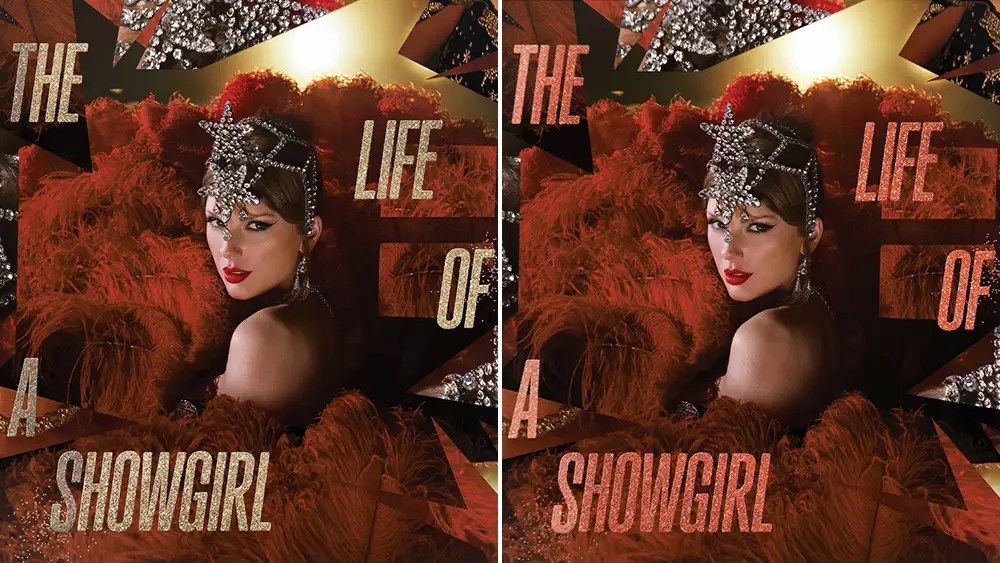In an era where digital consumption has become the norm, Taylor Swift continues to challenge conventional release strategies by orchestrating a mysterious and exclusive cinematic debut tied to her latest album, “The Life of a Showgirl.” Rather than adhering to the typical staggered rollout, she opts for an audacious short-term theatrical event, turning the film’s release into a high-profile spectacle. This move exemplifies her mastery in creating anticipation through scarcity and intrigue. By limiting screenings to only a few days and selecting premium formats like IMAX and PLFs, Swift leverages exclusivity as a potent marketing tool, igniting buzz and driving her dedicated fanbase—often dubbed Swifties—to rally in such a way that amplifies the event’s cultural significance.
This approach underscores her understanding of how scarcity and urgency influence consumer behavior. Limited screenings mean fans must act quickly, transforming a simple movie outing into a once-in-a-lifetime event. This strategy not only stirs excitement but also positions her album and associated content as a seamless extension of her artistic persona, blurring the lines between music, visual storytelling, and experiential engagement. In essence, Taylor Swift isn’t just releasing a product—she’s cultivating a multimedia phenomenon that redefines what it means to connect with audiences in the modern age.
Harnessing Collaborations and Brand Synergies for Multidimensional Impact
Swift’s partnership with AMC Theatres exemplifies a shrewd understanding of strategic alliances. By teaming up with one of the biggest players in the cinema industry, she effectively mobilizes a vast distribution network to maximize reach during the critical launch window. The fact that her previous concert film, “Eras Tour,” achieved remarkable box office success at AMC underscores her capacity to turn corporate partnerships into mutually beneficial ventures.
Furthermore, her deliberate choice to release content in premium formats like IMAX ensures a high-quality viewing experience that aligns with her brand’s emphasis on artistic craftsmanship. This choice also elevates the perceived value of her projects, encouraging fans willing to pay a premium for exclusivity and superior audio-visual immersion. The involvement of experienced distributors like Variance, who managed the “Eras Tour” film, signals a calculated move to replicate and even surpass her past success, confirming her astute grasp of market dynamics.
This synergy between artist and industry serves as a blueprint for other creators aiming to harness cross-sector collaborations to amplify their market footprint. Swift’s approach demonstrates that a carefully curated alliance—not just with record labels or streaming giants but also with theater chains—can unlock new avenues for fan engagement and revenue generation, especially in a landscape increasingly hostile to traditional theatrical releases.
Redefining Fan-Centric Experiences in the Digital Age
What truly sets Taylor Swift apart is her ability to transform passive consumption into active participation. The upcoming “The Life of a Showgirl” film promises not just new music videos but also behind-the-scenes content, personal reflections, and exclusive insights that deepen the connection between artist and audience. In an environment where social media dominates, Swift capitalizes on her authentic persona to offer fans an intimate glimpse into her creative process, making each release feel like a personal invitation into her world.
This strategy exemplifies a broader trend in entertainment—moving away from mere content delivery towards immersive storytelling that fosters community and loyalty. Swift’s tactic of integrating lyric videos, behind-the-scenes footage, and personal commentary within a short window of theatrical availability turns her project into an event that fans will eagerly discuss, share, and cherish. This emotional investment creates a cycle of sustained engagement that cuts across multiple platforms, fueling her brand’s longevity and relevance.
Her focus on creating limited-time experiences also cleverly taps into the psychology of hype and FOMO (fear of missing out). Fans don’t just want to see her perform—they want to be part of a fleeting cultural moment. Swift’s mastery in orchestrating these experiences reflects her broader understanding that in today’s media landscape, the most valuable commodity is attention—and she is acutely aware of how to monopolize it.
Implications for the Future of Arts and Entertainment
The concerted effort to tie her cinematic debut to her album release reveals a fundamental shift: artists are no longer confined to singular platforms or formats. Instead, they are becoming multimedia storytellers, curating experiences that cross traditional boundaries. Swift’s ability to harness the power of theatrical releases, online content, and social media illustrates a future where artists control the narrative, influence consumer behavior, and create multi-layered ecosystems of engagement.
This move also highlights a broader industry trend: the pursuit of innovation as a means of distinguishing oneself in an increasingly saturated market. With competitors like Disney and Warner Bros. re-releasing or debuting new content, Swift’s pioneering tactics in leveraging exclusivity, premium formats, and community-centered storytelling mark her as a visionary. Her strategic choices suggest that content creation today demands agility, creativity, and an acute awareness of emerging consumer trends.
In a landscape where traditional distinctions between music, film, and social engagement are blurring, Taylor Swift is exemplifying how artistic independence and strategic ingenuity can redefine success. Her audacious moves—whether in partnering with theaters for a limited run or offering behind-the-scenes access—are reshaping entertainment norms and setting new standards for artist-driven innovations in the digital era.
